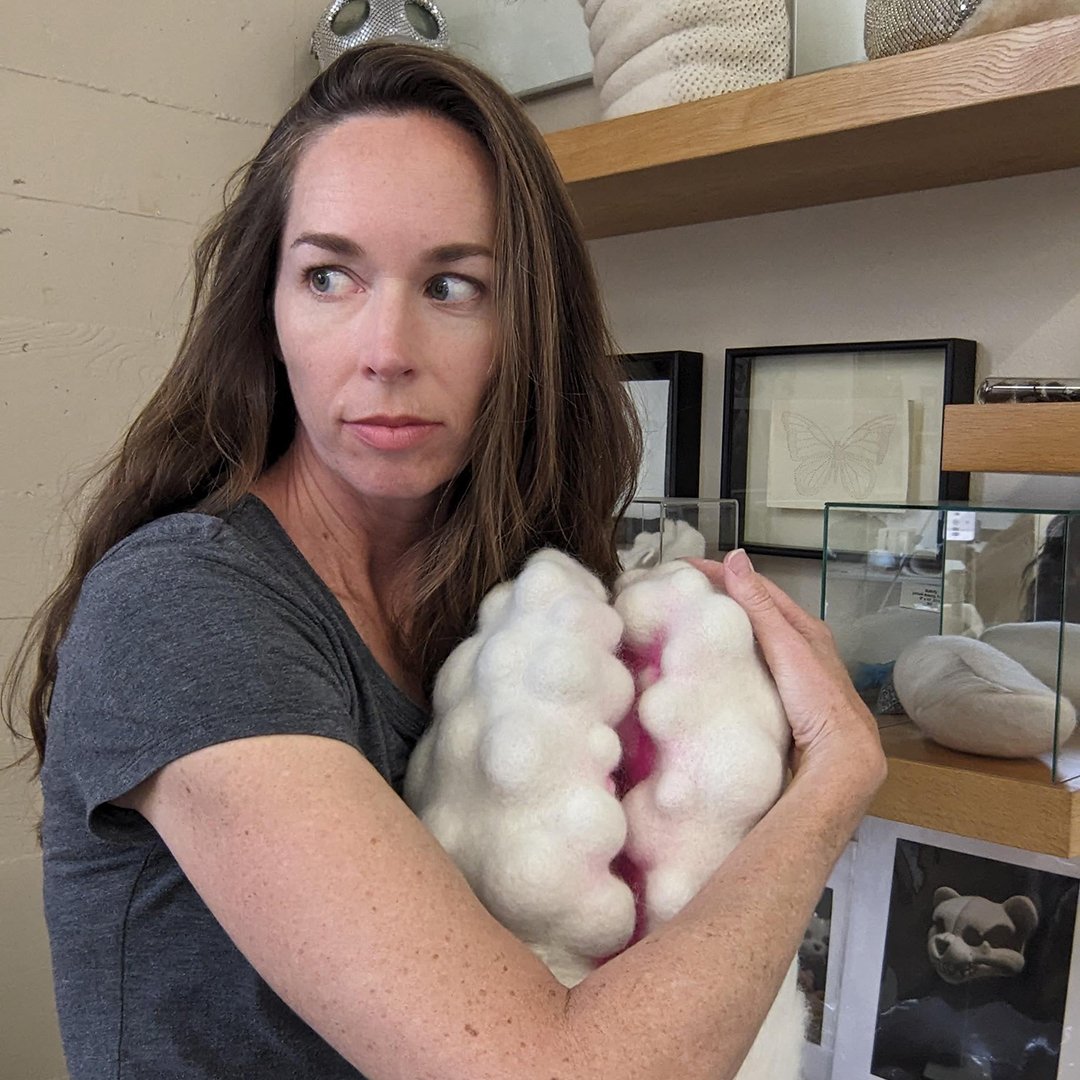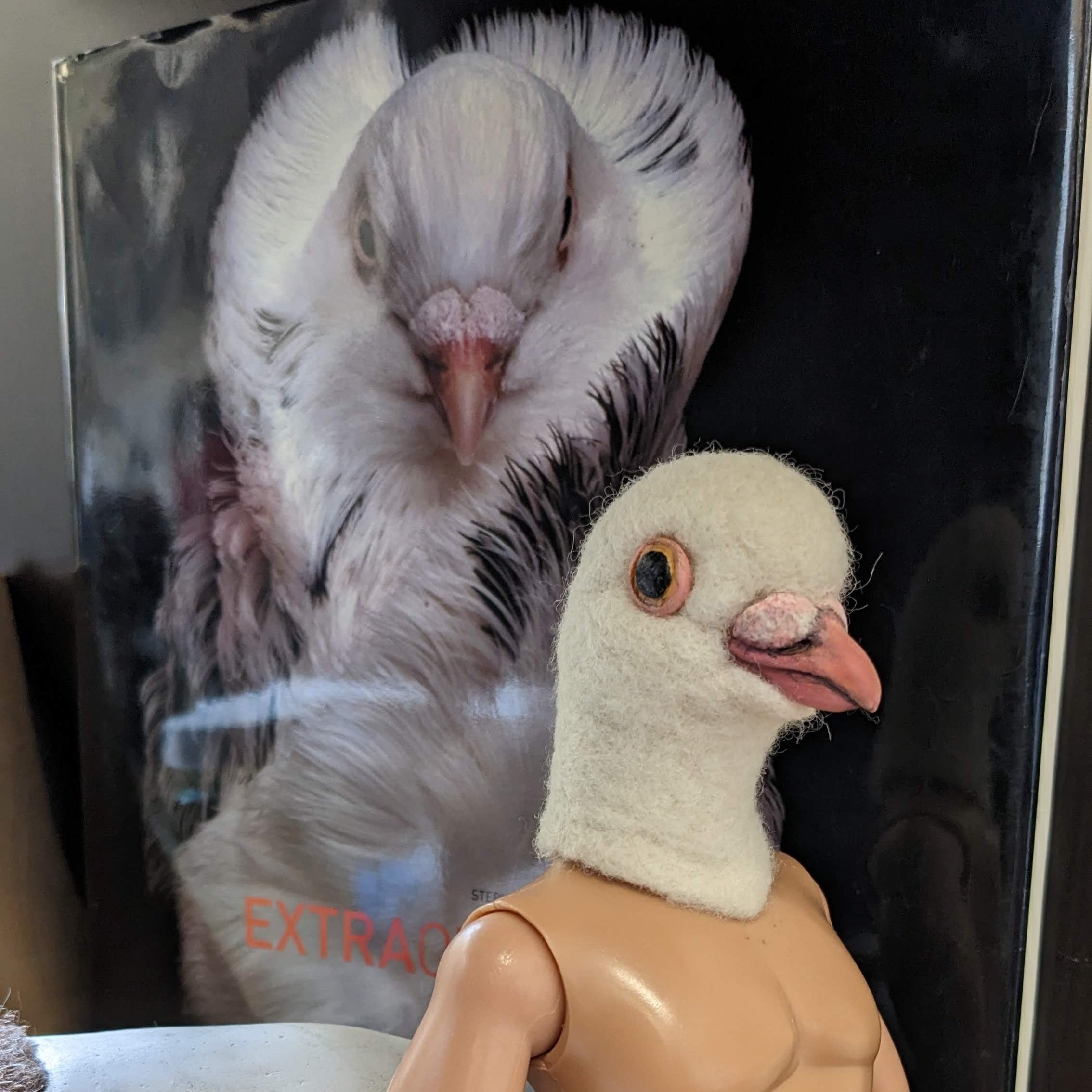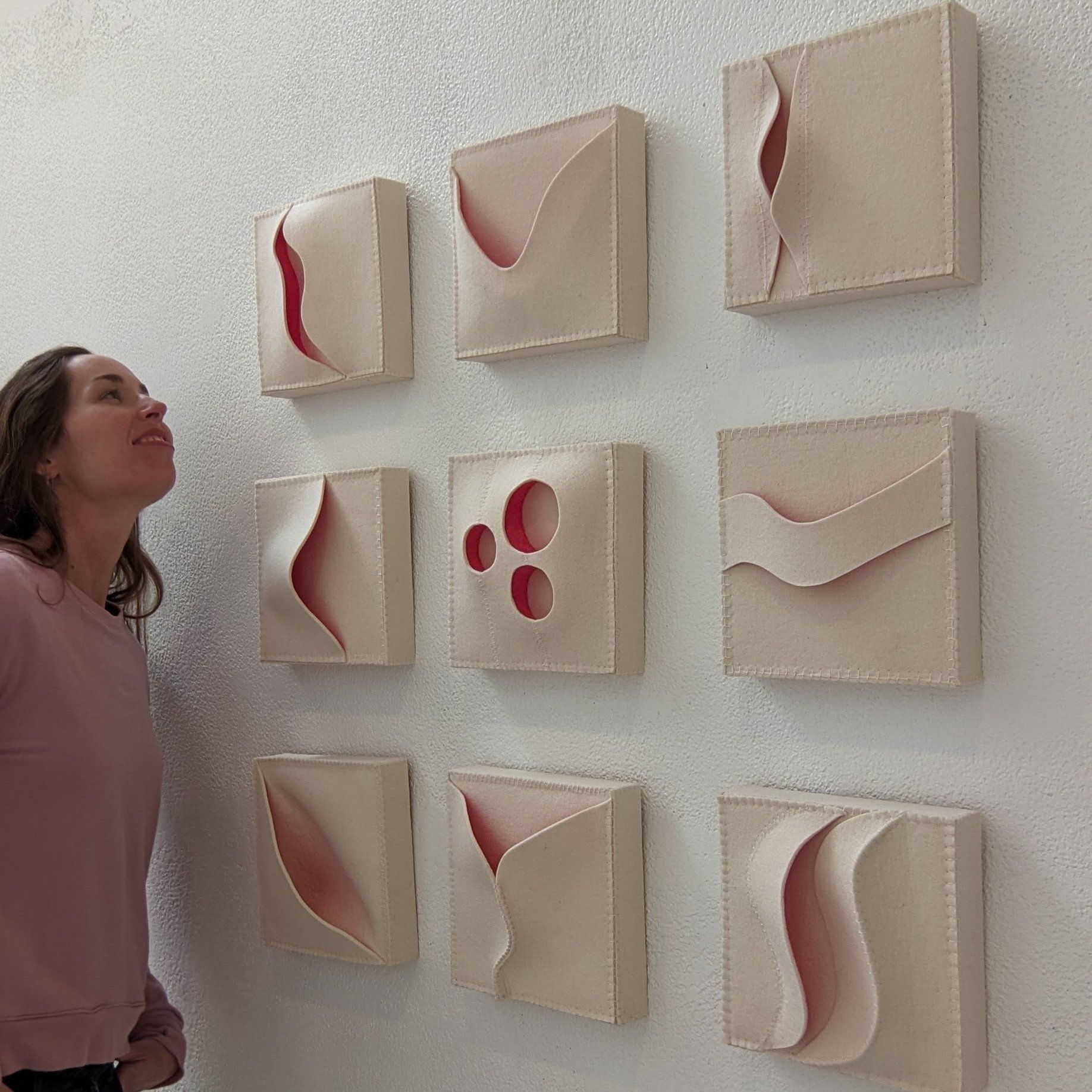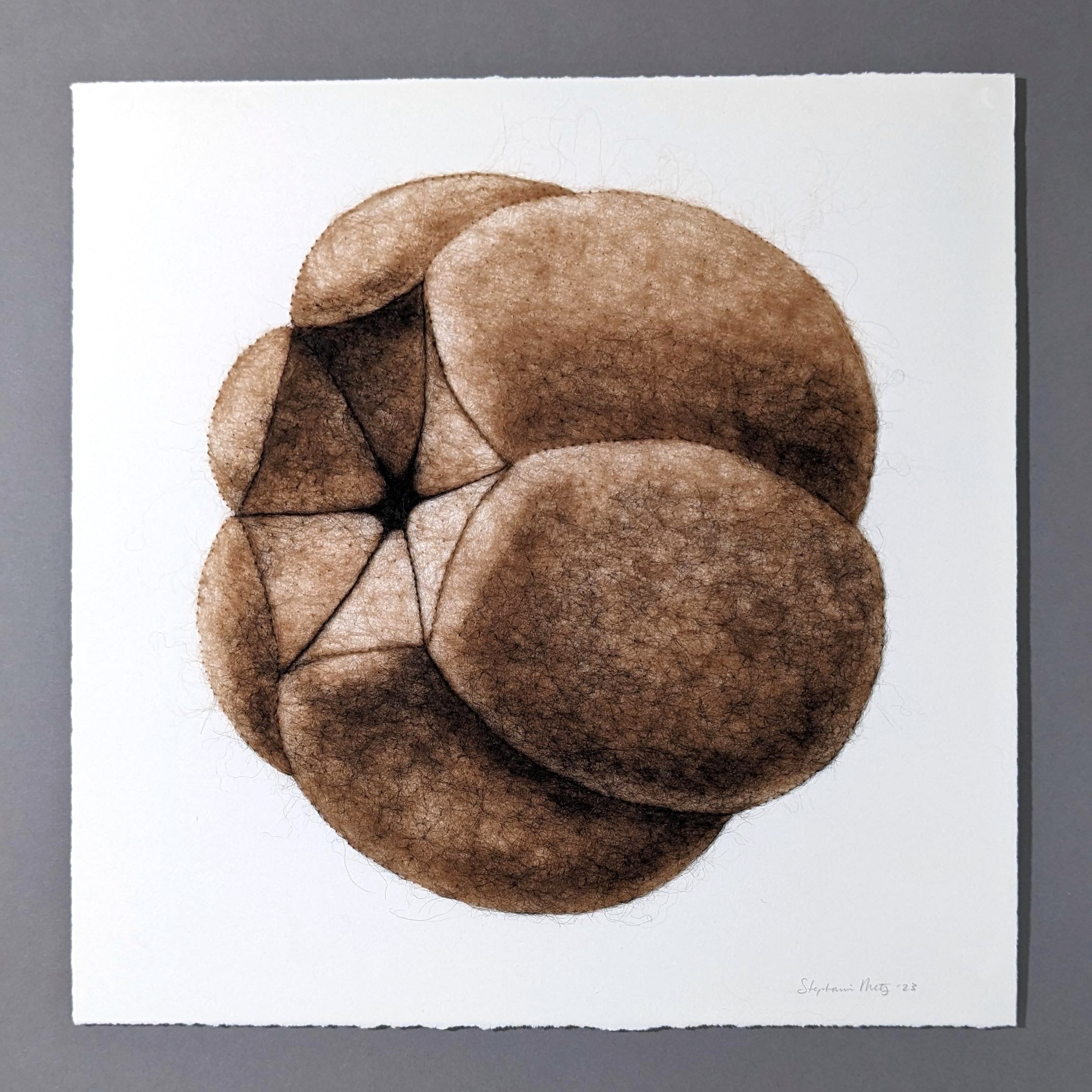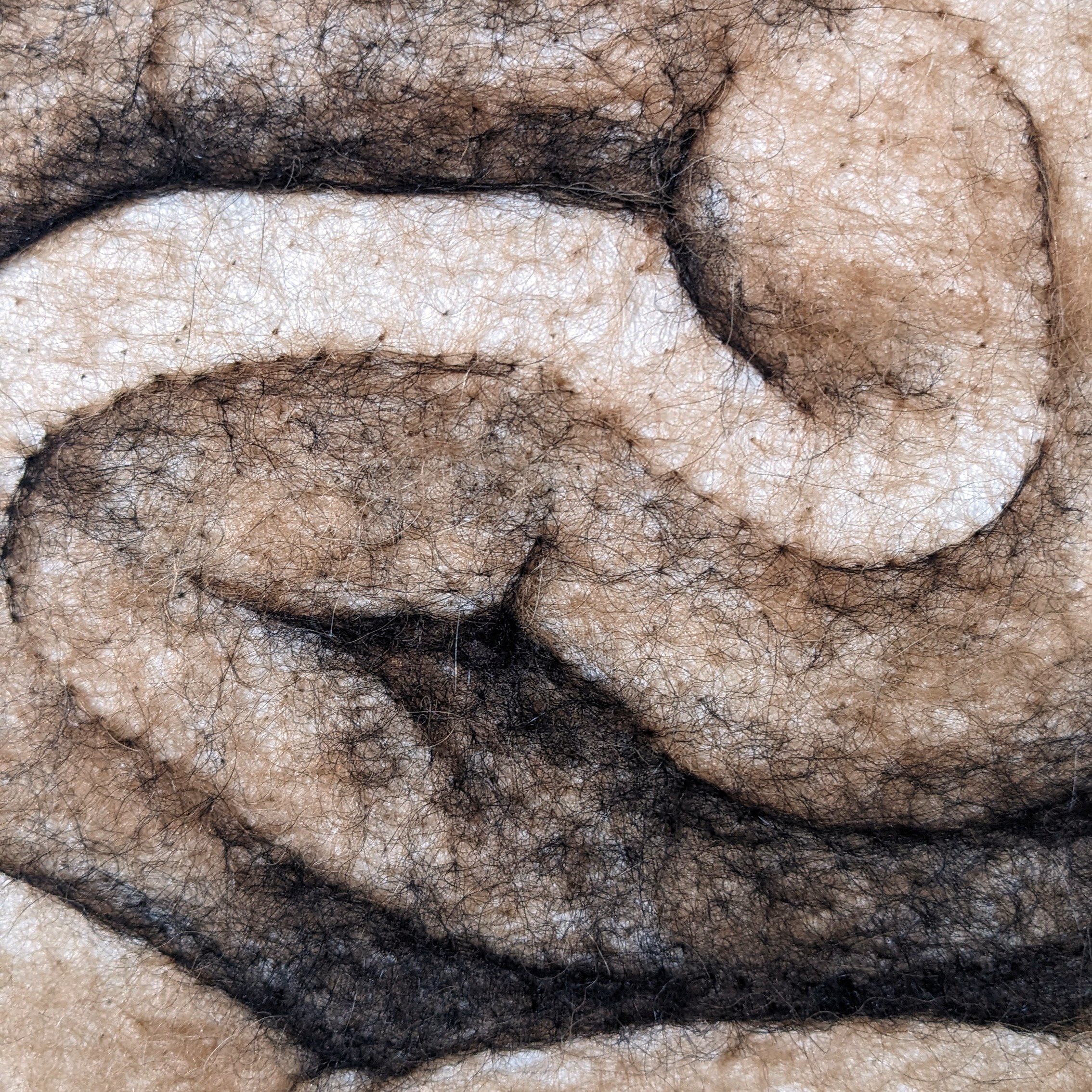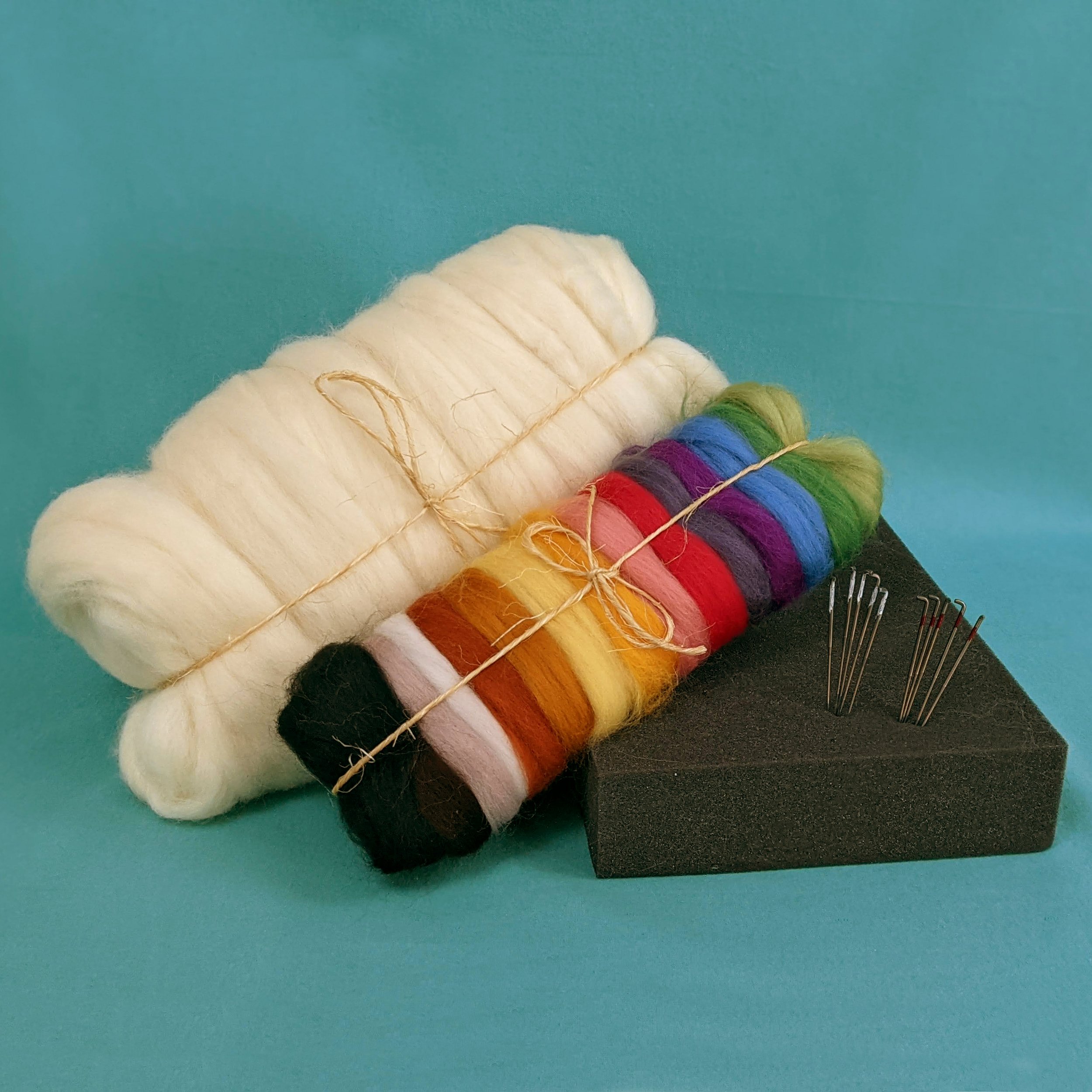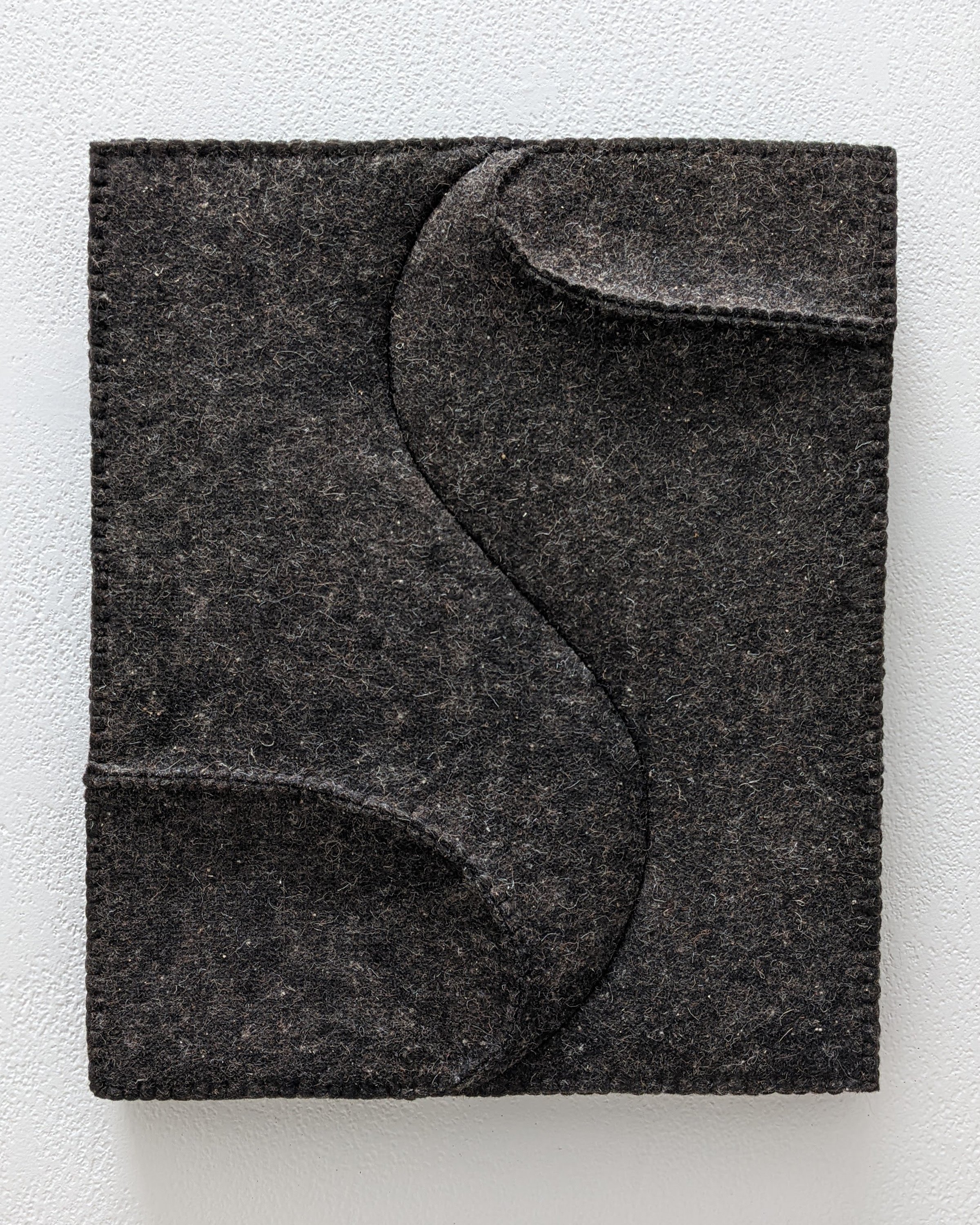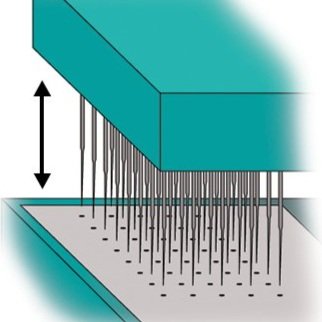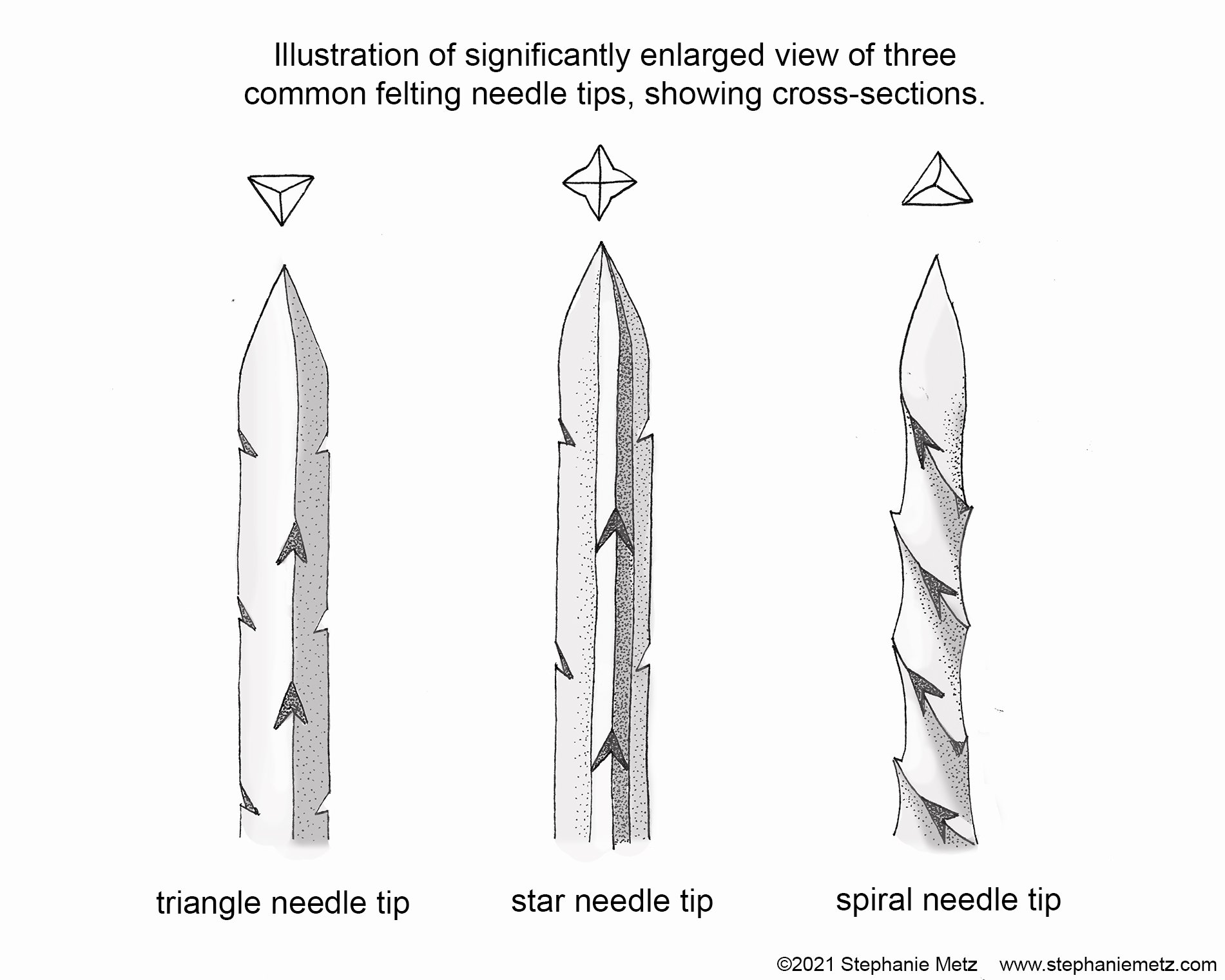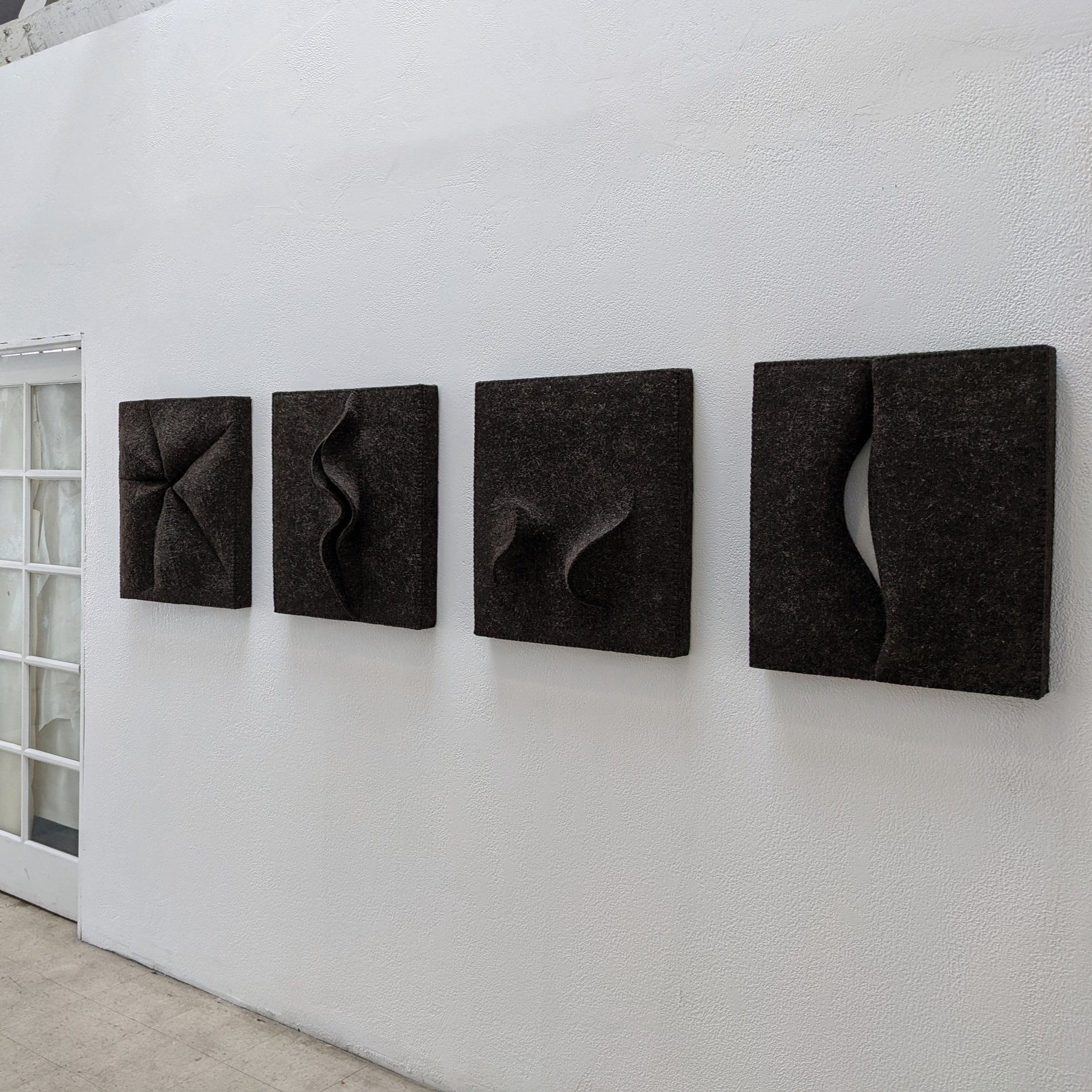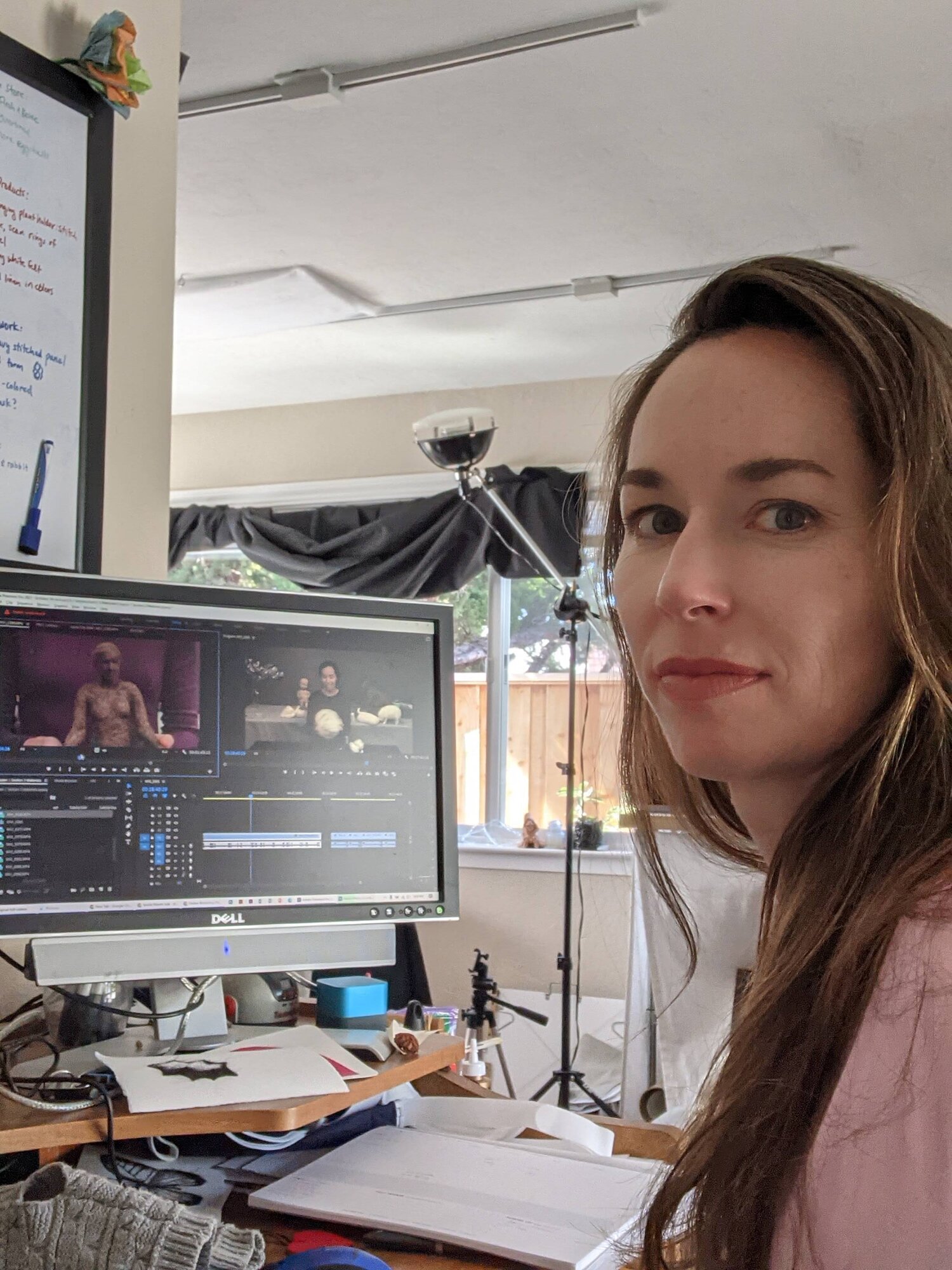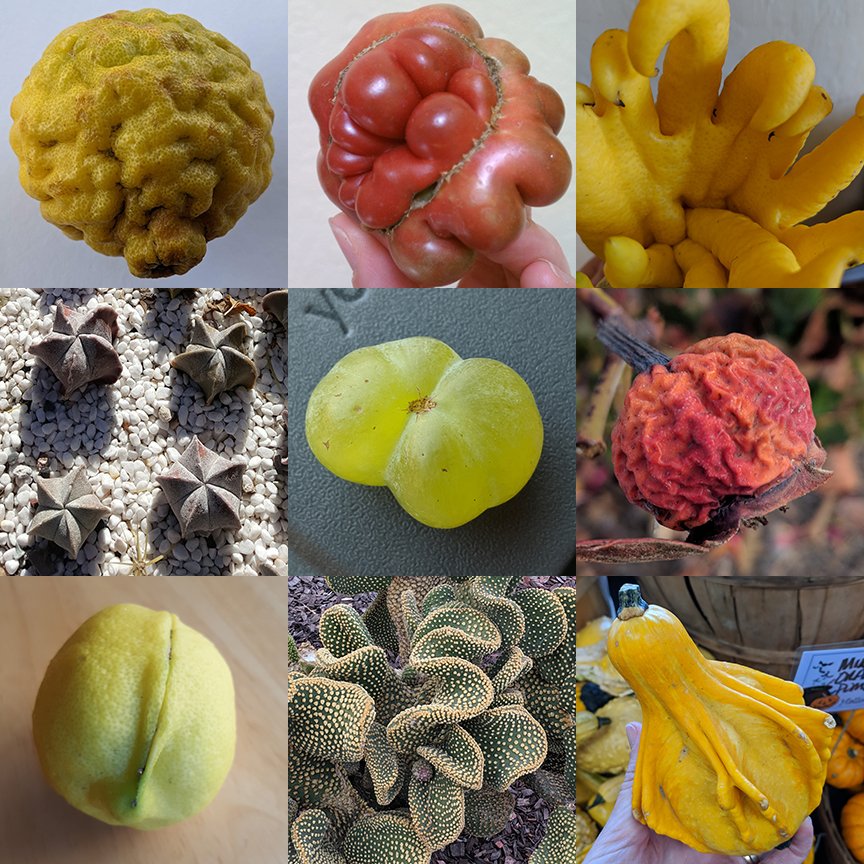
Inspiration,
Process
Stephanie Metz
Inspiration,
Process
Stephanie Metz
Answering Questions About Creativity: Being a Sentient Sponge
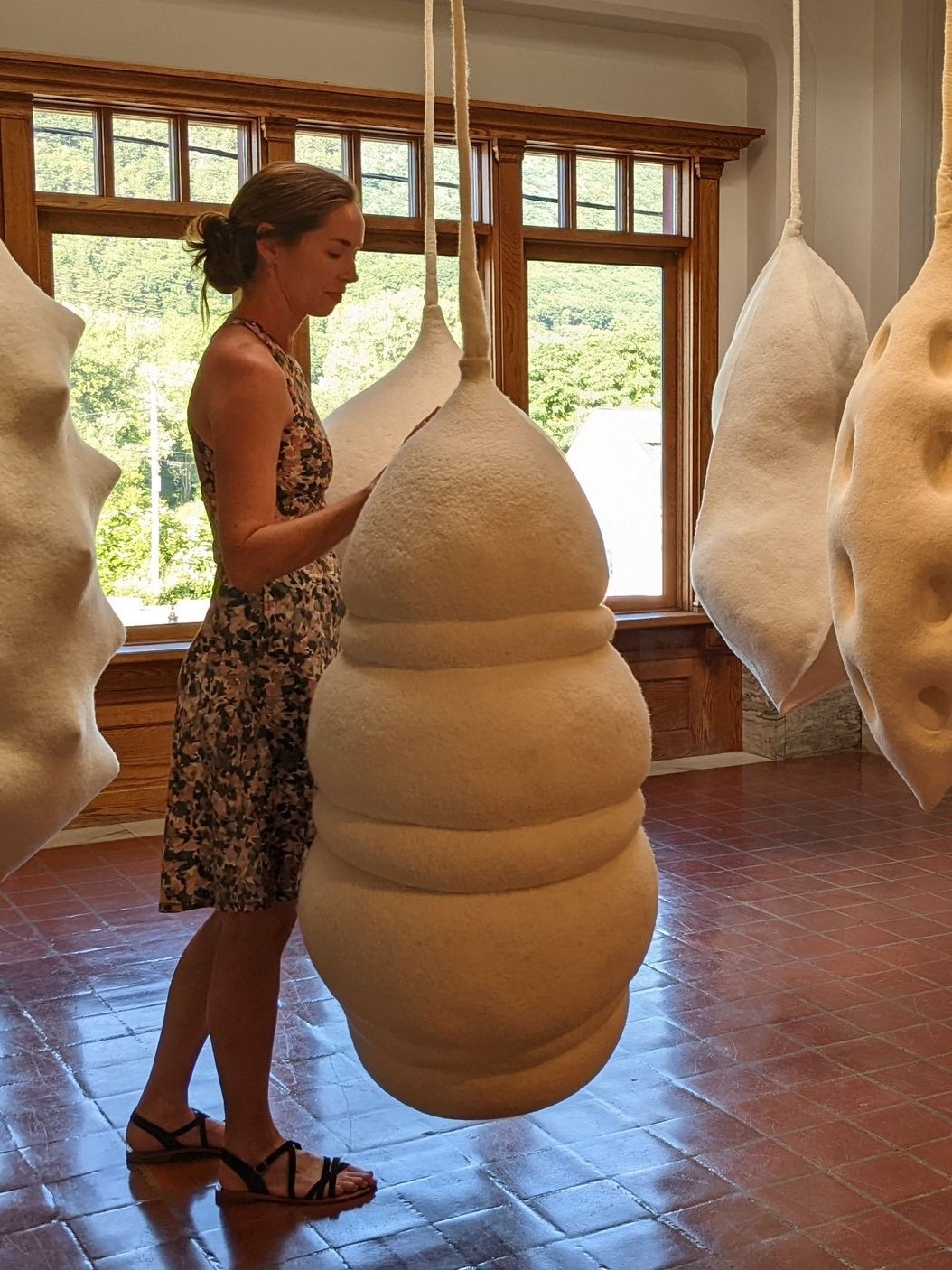
Events,
Inspiration,
InTouch
Stephanie Metz
Events,
Inspiration,
InTouch
Stephanie Metz
The Person Behind the Art: Summer Travel & Inspiration
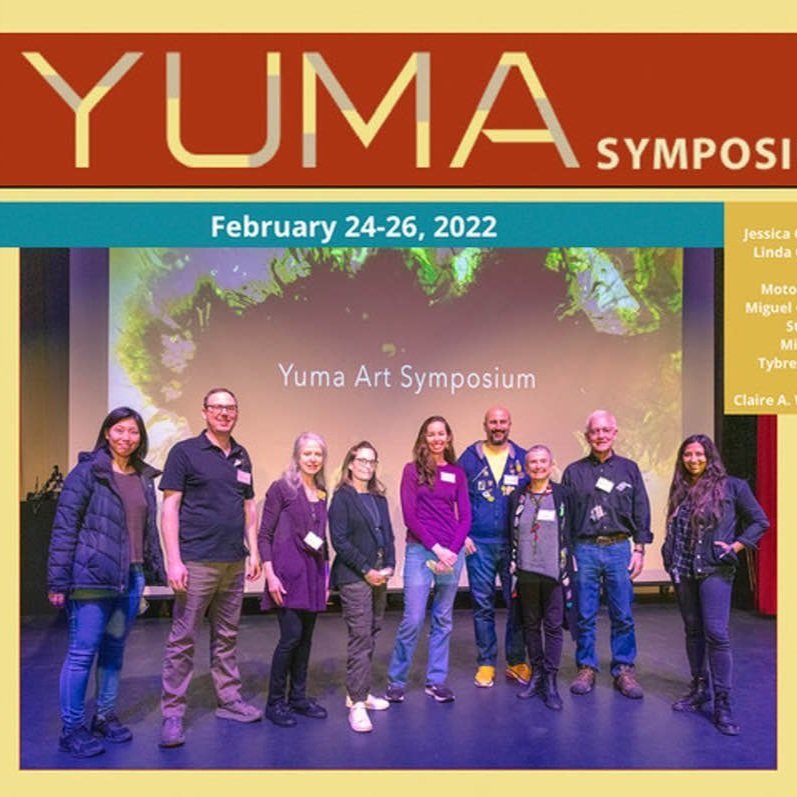
Inspiration
Stephanie Metz
Inspiration
Stephanie Metz
Refilling the Well... the 2022 Yuma Symposium recap
InTouch,
Inspiration
Stephanie Metz
InTouch,
Inspiration
Stephanie Metz
What and Why... creating hands-on touchable fiber artwork for the public
Latest Posts
Featured

Plaster + Felt =?

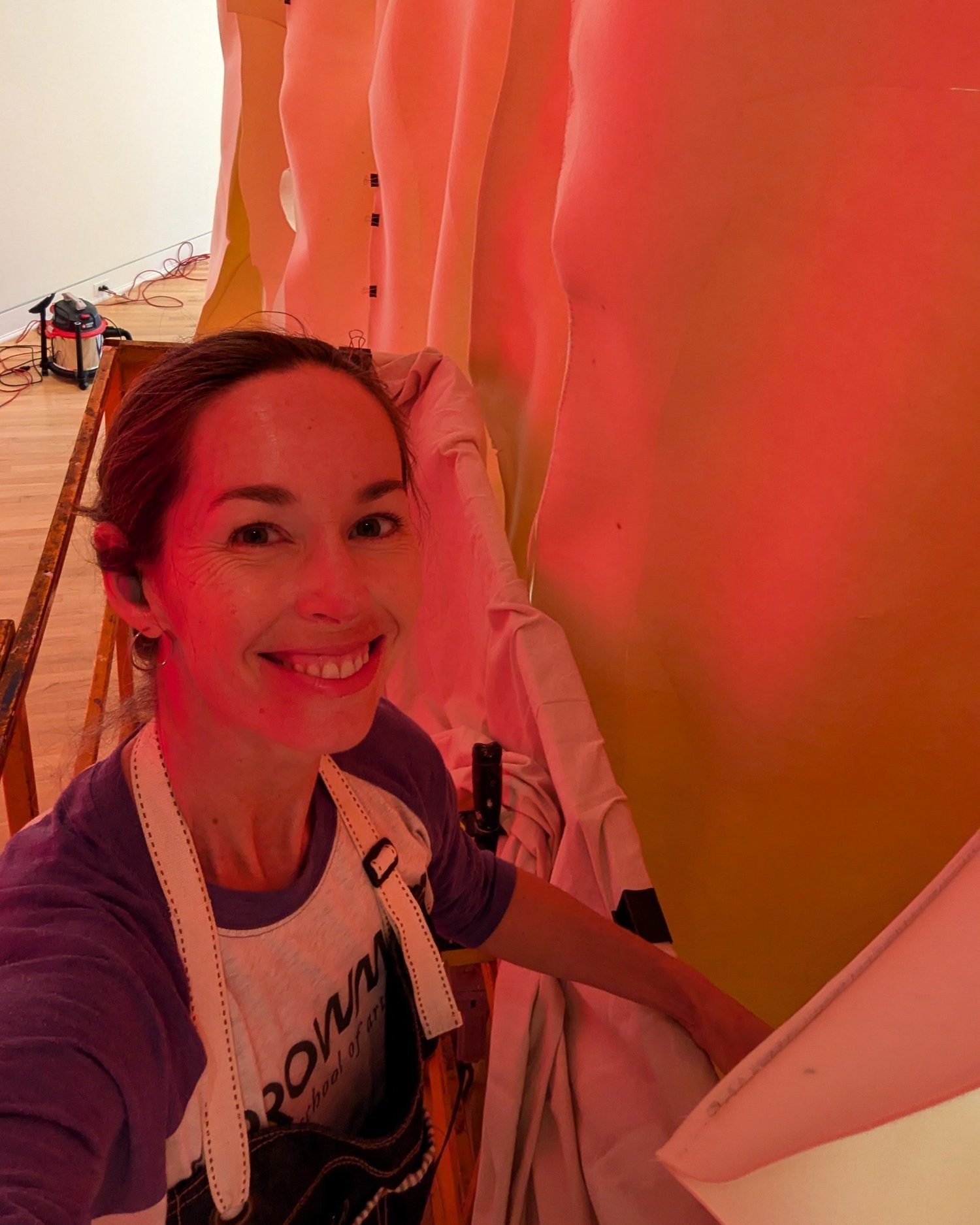
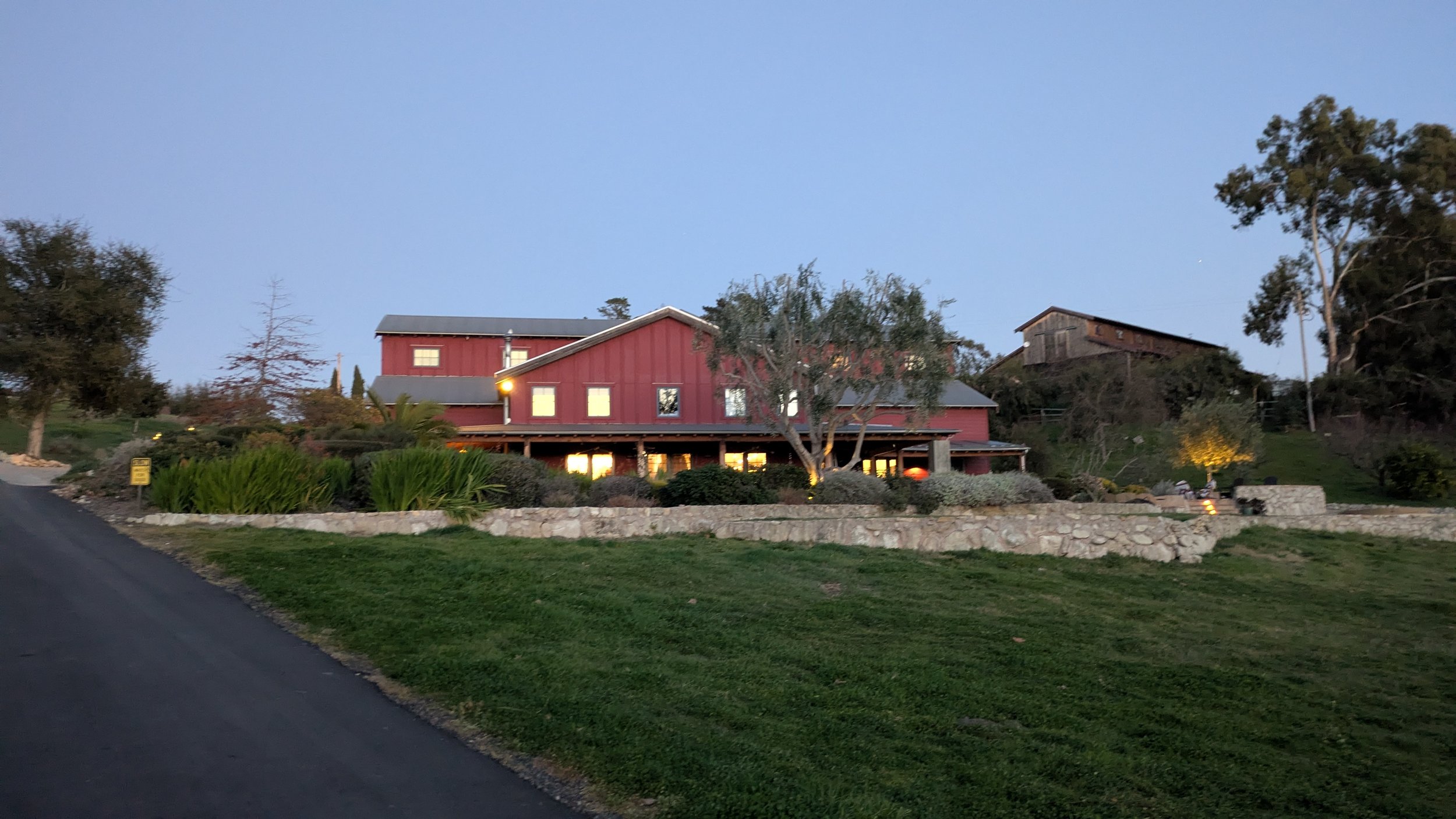

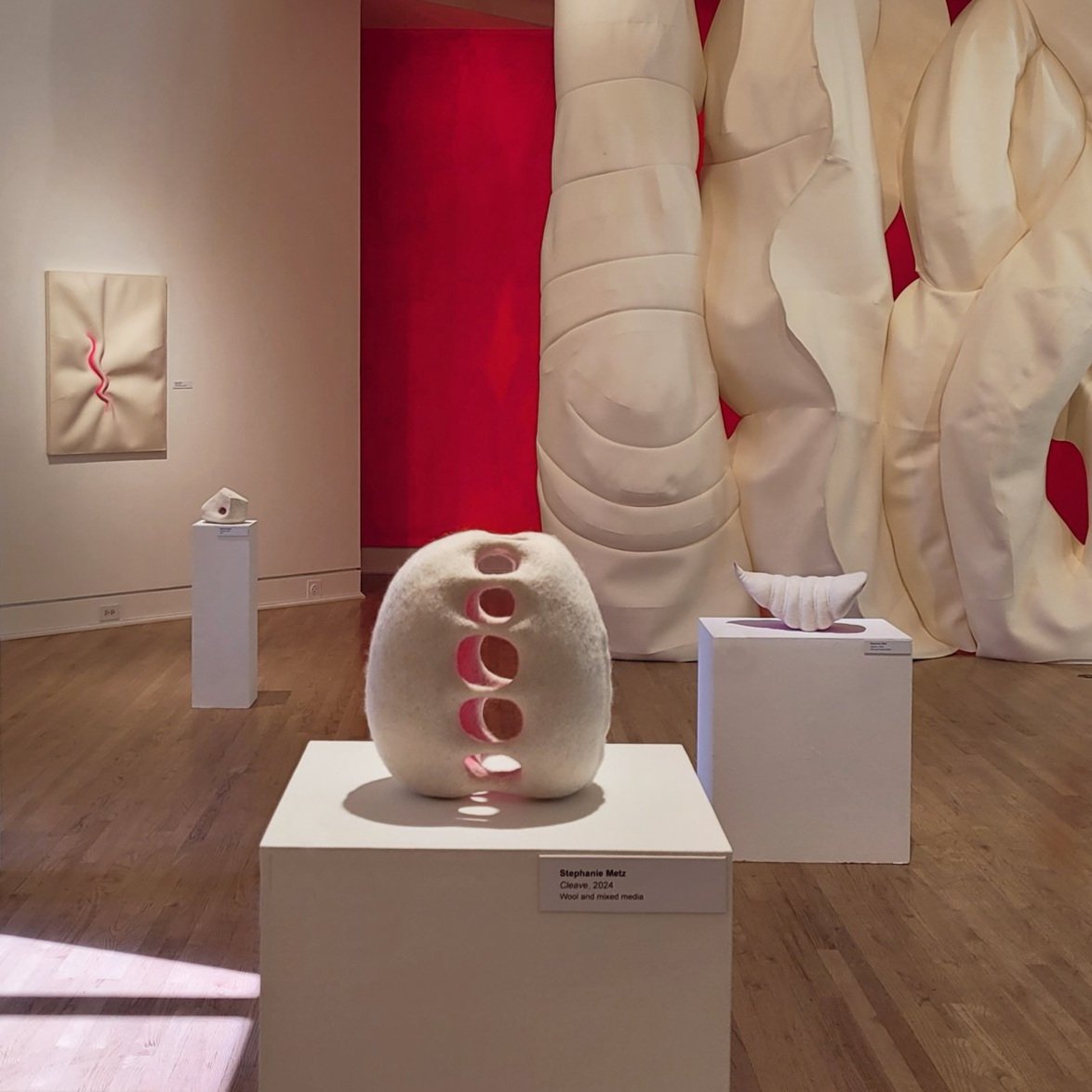

![Words About Sculpture About Touch [Why I Keep Re-Writing My Artist Statement]](https://images.squarespace-cdn.com/content/v1/588d00312e69cf76b7519a11/1738961418785-H0B3DY1FOGSHHLCTODVU/IMG_1562.jpg)
